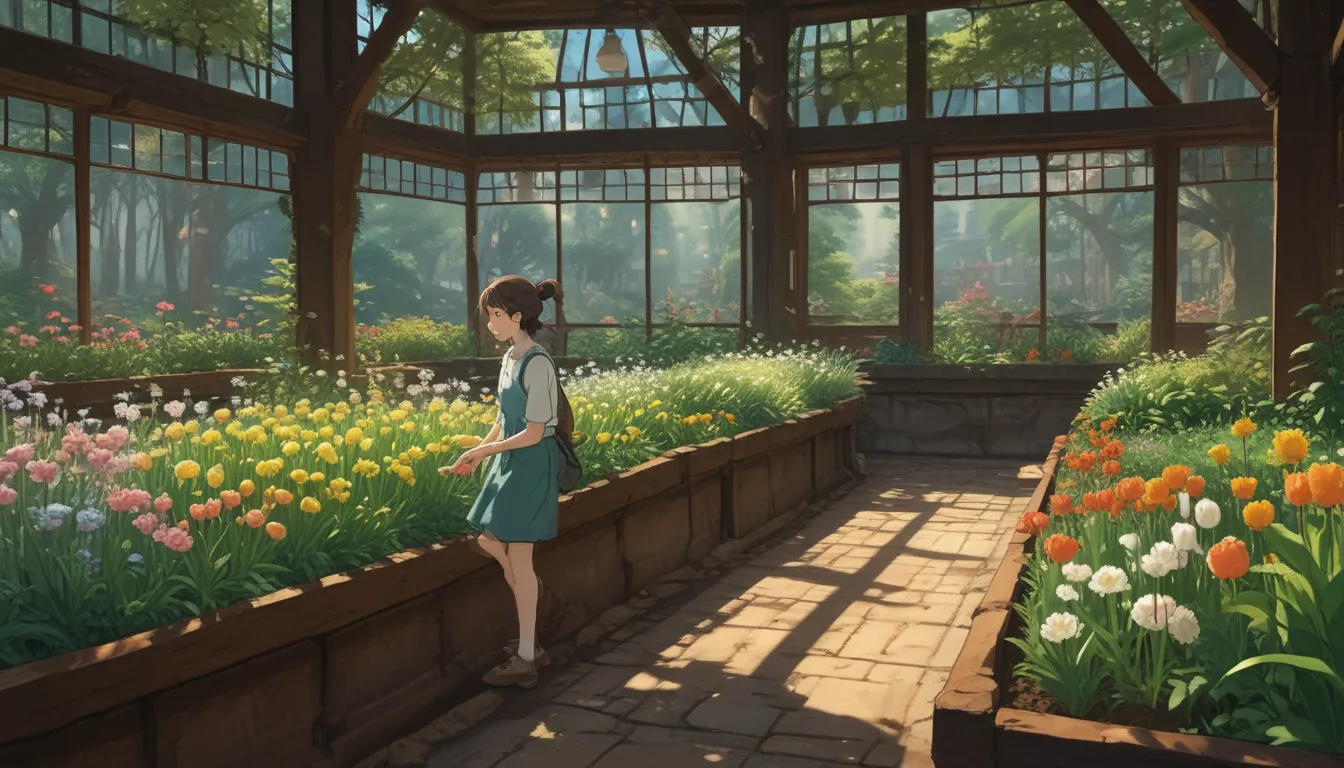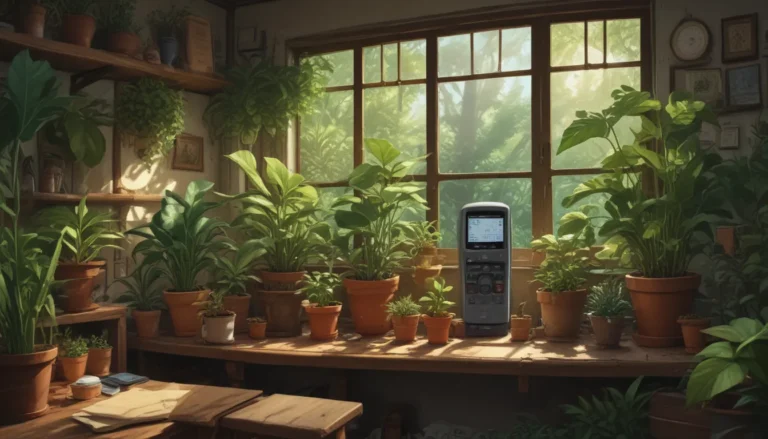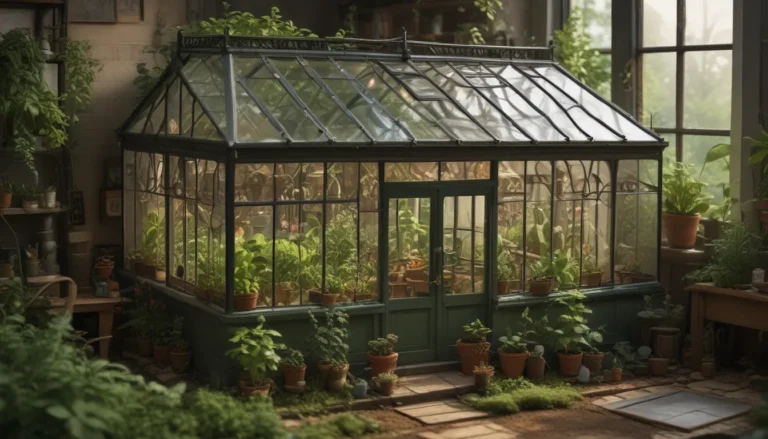The Ultimate Guide on How to Plant Bulbs Correctly

Have you ever found yourself staring at a bulb, wondering which way is up and how to plant it to ensure its success? You’re not alone! Some bulbs come with clear instructions on which end should face up, while others leave you guessing.
In this comprehensive guide, we will delve into the world of bulb planting, covering everything from bulb anatomy to the consequences of planting them upside down. By the end of this article, you’ll be a pro at planting bulbs, and you’ll have all the knowledge you need to ensure your garden thrives.
Understanding Bulb Anatomy
Before we dive into the specifics of planting bulbs, let’s take a moment to explore their anatomy. Bulbs consist of various parts that play a crucial role in the plant’s growth and development.
- Inside the bulb, you’ll find the developing bud, surrounded by the developing leaves. This is the embryo waiting for the right conditions to start growing.
- On the outside of the bulb are the scales and the papery covering, known as a tunic. The scales store food to nourish the developing bud and leaves.
- At the base of the bulb are the basal plate and the roots, which provide stability and help the plant absorb nutrients from the soil.
It’s essential to note that some structures commonly referred to as bulbs, such as corms, tubers, and rhizomes, have slightly different forms. However, the basic principles of planting remain the same across these structures.
Decoding Which Way to Plant Bulbs
The golden rule of planting bulbs is simple: the pointy end goes up! Most bulbs have a pointed tip from which new growth emerges, making it easy to determine the correct orientation. However, some bulbs can be a bit more challenging.
Plants like gladiolus, alliums, dahlias, and hyacinths may not have a distinct pointy end, leading to confusion about how to plant them correctly. In such cases, look for clues such as roots or a firm basal plate to guide you in the right direction.
- Look for evidence of roots or signs of root formation at the base of the bulb.
- The top of the bulb may have green shoots or show signs of new growth.
- In the absence of roots or a basal plate, remember that plants are resilient and will find a way to grow, even if planted upside down.
The Impact of Planting Upside Down
Contrary to popular belief, planting bulbs upside down is not the end of the world. While it may delay the emergence of new growth, plants are adaptable and will ultimately find their way towards the sun and air.
When you accidentally plant a bulb upside down, don’t panic! Give it some time, and the plant will adjust its growth pattern to ensure survival. While it’s best to plant bulbs correctly from the start, rest assured that minor mistakes won’t ruin your garden.
Wrapping It Up
Gardening is a beautiful blend of science and art, where mistakes are part of the learning process. Whether you’re planting flowers or vegetables, remember that nature has a way of finding its path, even when things go awry.
So, the next time you find yourself struggling to decipher which way to plant a bulb, take a deep breath and trust in the resilience of plants. With a bit of care and patience, your garden will flourish, regardless of minor planting mishaps.
Feel free to share your gardening adventures in the comments below. Are you planting a plethora of flowers or preparing for next year’s harvest? We’d love to hear from you!
For more tips on transforming your bulbs into vibrant plants, explore the following guides:
- How to Prep and Store Bulbs for Winter
- Easy Bulb Propagation for the Home Gardener
- When and How to Plant Flower Bulbs After Forcing
- When Do I Plant Spring Flowering Bulbs
Remember, each gardening journey is unique, and every mistake is a stepping stone towards a more beautiful and bountiful garden. Happy planting!
*Photo by Kristine Lofgren





